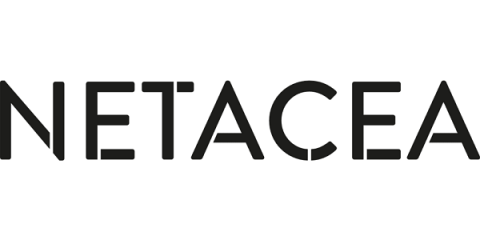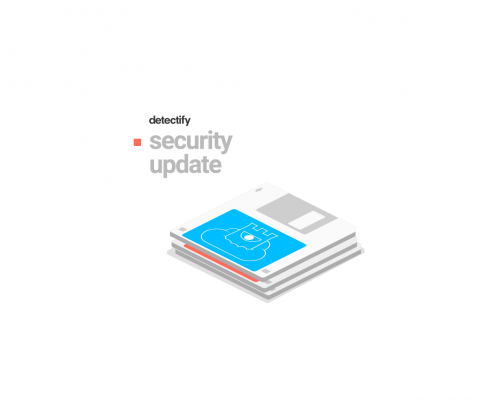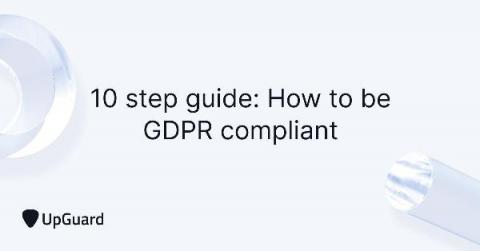Bot Protection Beyond CAPTCHA
CAPTCHA (Completely Automated Public Turing test to tell Computers and Humans Apart) is designed to prevent bots or spam attacks from accessing a webpage. Traditionally users were tasked with typing text from a simple image, but over time CAPTCHA has evolved into more complex images and voice recognition in response to the increasing sophistication of attacks.











